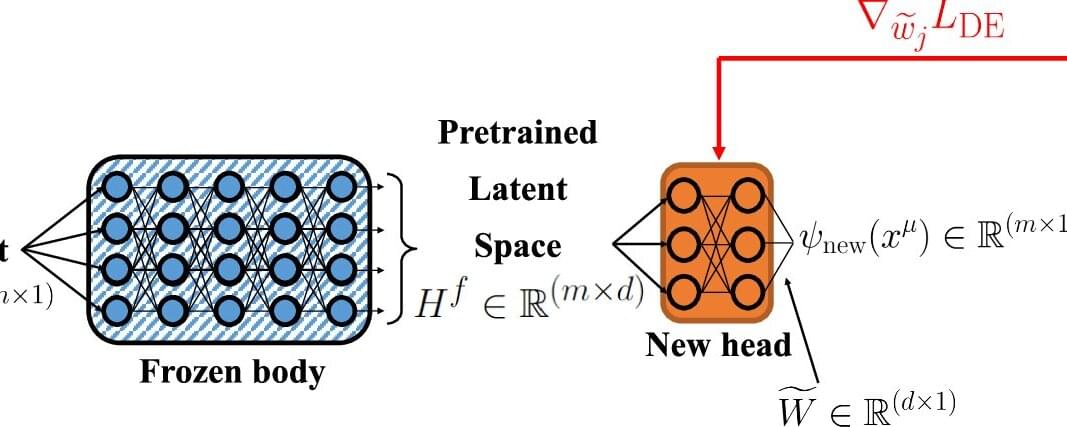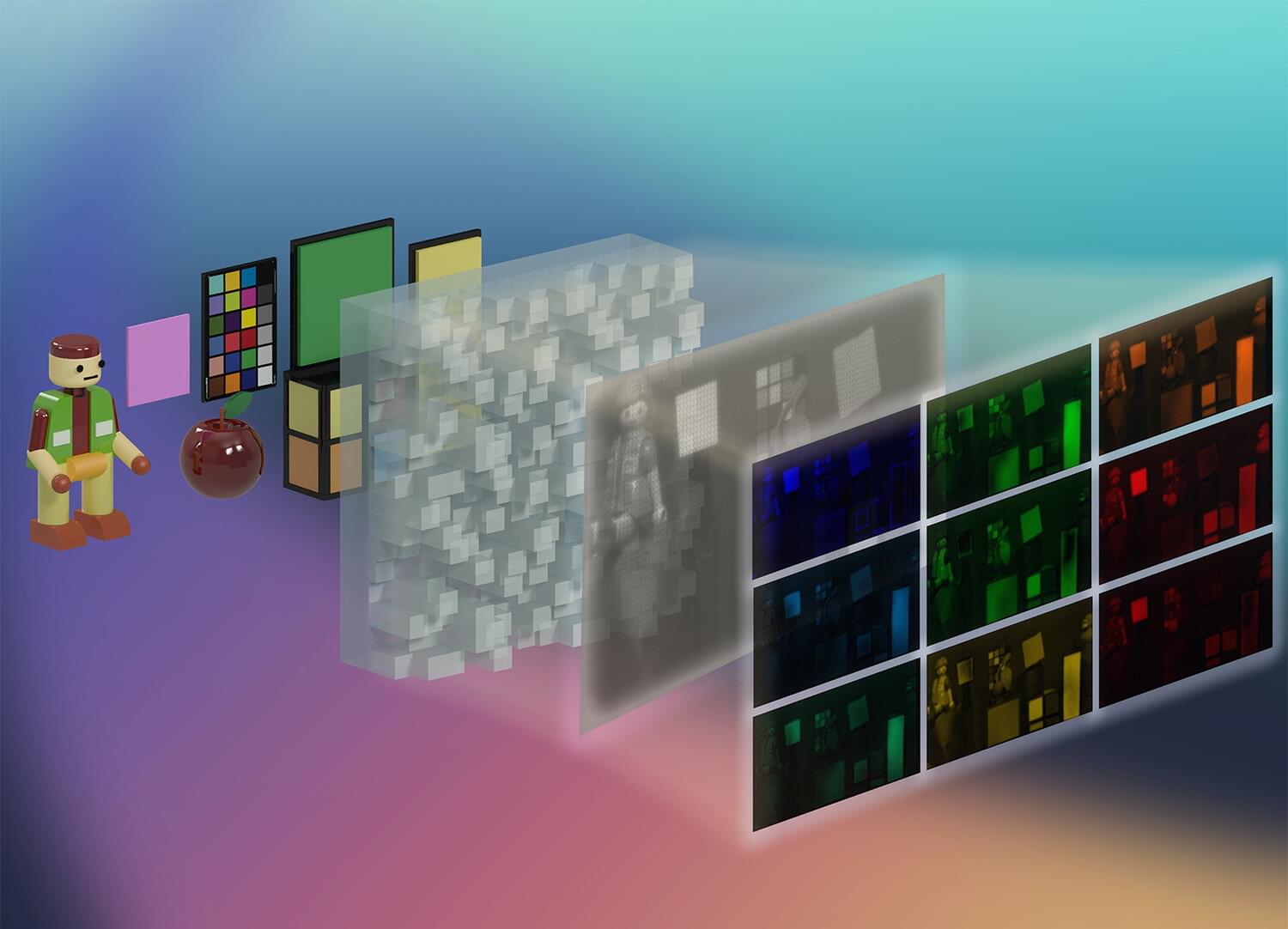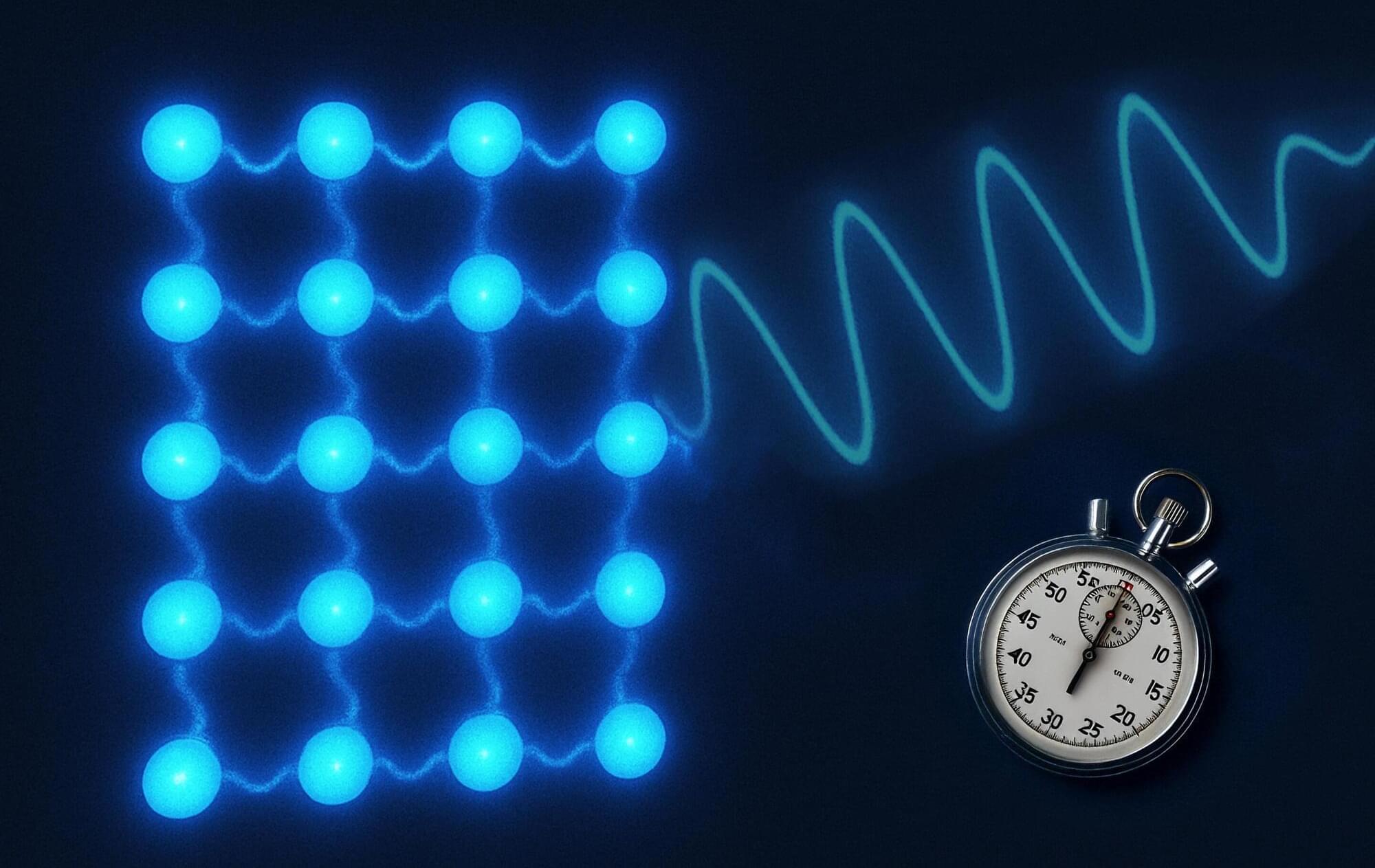Recently, the iGaN Laboratory led by Professor Haiding Sun at the School of Microelectronics, University of Science and Technology of China (USTC), together with the team of academician Sheng Liu from Wuhan University, has successfully developed the world’s first miniaturized ultraviolet (UV) spectrometer chip and realized on-chip spectral imaging.
Based on a novel gallium nitride (GaN) cascaded photodiode architecture and integrated with deep neural network (DNN) algorithms, the device achieves high-precision spectral detection and high-resolution multispectral imaging.
With a response speed on the nanosecond scale, it sets a new world record for the fastest reported miniaturized spectrometer. The work, titled “A miniaturized cascaded-diode-array spectral imager,” was published online in Nature Photonics on September 26, 2025.








